Launched in 2014, PhotoSparks is a weekly feature from YourStory, with photographs that celebrate the spirit of creativity and innovation. In the earlier 650 posts, we featured an art festival, cartoon gallery. world music festival, telecom expo, millets fair, climate change expo, wildlife conference, startup festival, Diwali rangoli, and jazz festival.
The second Bengaluru edition of the India Art Festival is being held this weekend at Palace Grounds (see Part I and Part II of our coverage). Founded in 2011, the India Art Festival (IAF) series comprises three art fairs in New Delhi, Bengaluru and Mumbai.
The Bengaluru festival this weekend showcases 450 artists, 4,000 artworks, 30 art galleries, and 100 booths. In our third photo essay, we showcase more visual highlights, along with artist insights on immersion and interaction.
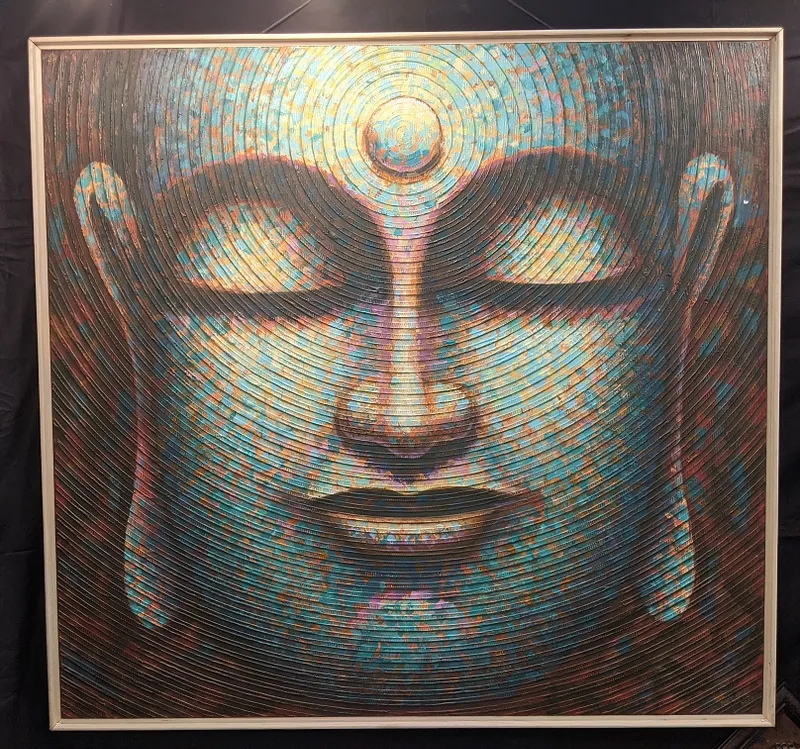
The creative journey
The creative journey is full of twists and turns, ups and downs. How artists frame setbacks are a key step towards making a comeback, along with corrective measures.
“Failures are an integral part of art! How can one learn without failures? I have doubted my pieces on so many occasions, ready to rip them apart. But I have kept going and it’s been one of the main pieces of interest to people,” Akshata Shetty explains, in a chat with YourStory.
“One has to keep going, and definitely not take failures seriously but instead as another step closer to success,” she advises.
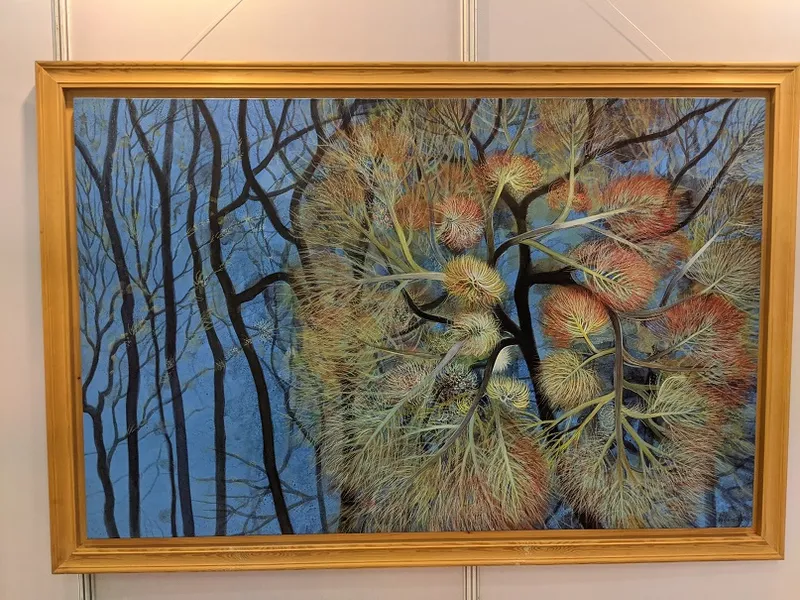
“I will not deny that failures are not painful. You have this image in your mind that you want to create and many a times you try so hard and it’s just not there. That’s a tough time because you know in your mind you can do it but the outcome is just not showing,” Akshata says.
She finds it helpful to take some time out and step back. “It gives you time to look at things from a new perspective, and has always helped me come back stronger,” she recalls.
“As an artist, we sometimes face roadblocks and failures in working with certain materials, struggling with getting the visualised outcome, and restrictions of material and time,” Roja Sanchana observes.
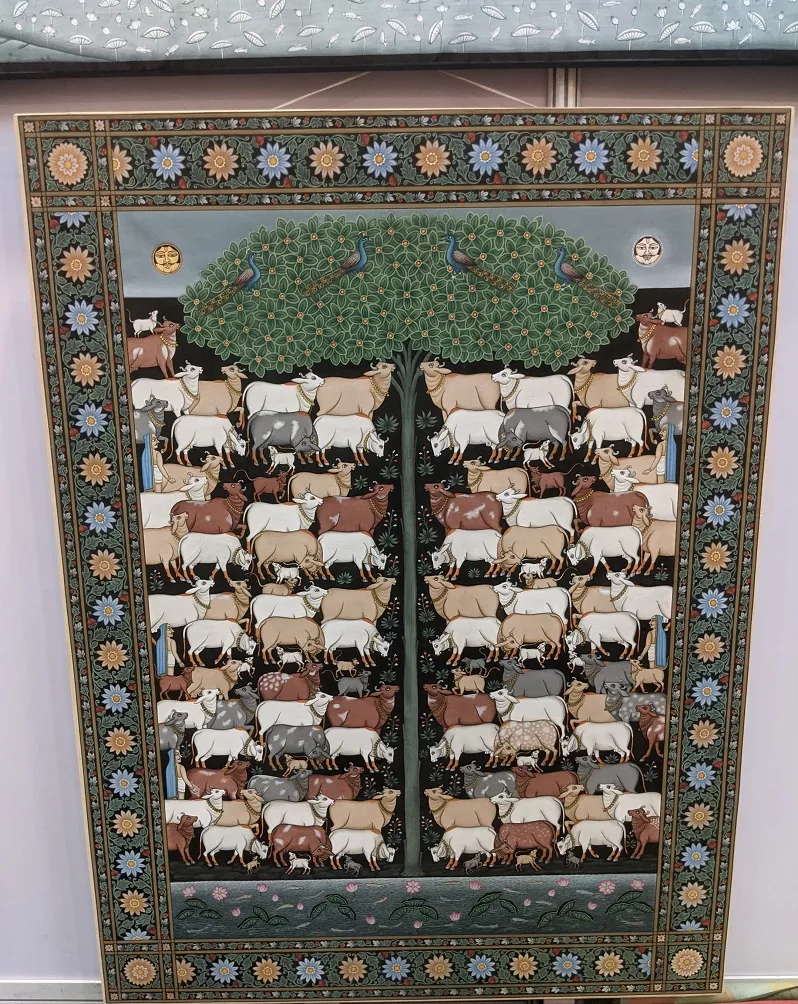
“Over time, I have realised that resilience and practice can overcome any roadblocks that will come our way. I have personally experienced this while working with transparent resin material. It took me 20 imperfect workpieces to finally create a perfect one,” she recalls.
“Both success and failure go hand in hand. According to me, artists are like scientists. We learn from our mistakes and failures,” Tejaswi Poojari explains.
“I accidentally found my unique art style from my failed experiments with different mediums. I ruined many canvases until I found my unique technique. So never be sad about your failures! It’s not a failure; it’s just an experiment,” she affirms.
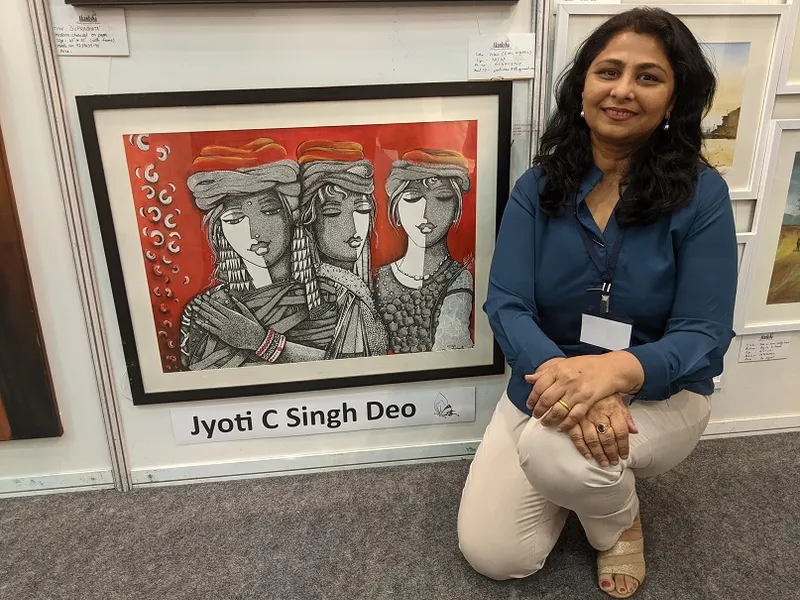
“An artist learns every day in every stroke. Every line has a new definition and meaning. I believe that every low is followed by a high, and one must continue to just keep creating no matter what,” Prinkle Mehta says.
An artist is generally curious and intuitive in nature, according to Sangita Baruah Sureka. “The moment an artist faces an art block, experiences a small failure in attempting to capture certain emotions, or attains only lukewarm satisfaction, then it is time to take a break for a day or two,” she advises.
This provides room for starting afresh and recognising any flaw in their work. “A break helps in rejuvenating the overcrowded mind of an artist to a great deal. We should not be too hard on ourselves,” Sangita says.
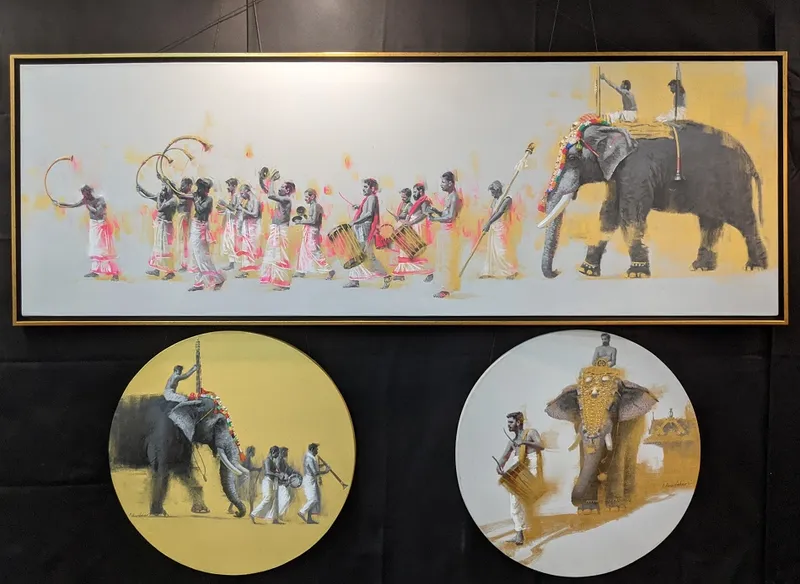
“Free the mind and the soul will connect. Take a break and get back. Do not push yourself too hard,” Karthik Kamath advises, as resilience tips.
“I feel there are no mistakes or failures in art, only evolution. One’s work must continuously evolve,” Priyanka Sehgal explains. She looks at her works from five years ago and feels proud of the long way she has come.
The festival experience
The artistic journey requires concentration and focus, and can be lonely at times as well. Audience interactions provide feedback, insights, suggestions, and even criticism.
“This is what has made it all so worth it: the response from the audience. It has been so overwhelming especially when it comes from strangers,” Akshata Shetty says. She adds: “Our family and friends always support us, but to get these fantastic responses from art students to collectors to curators has been a dream!
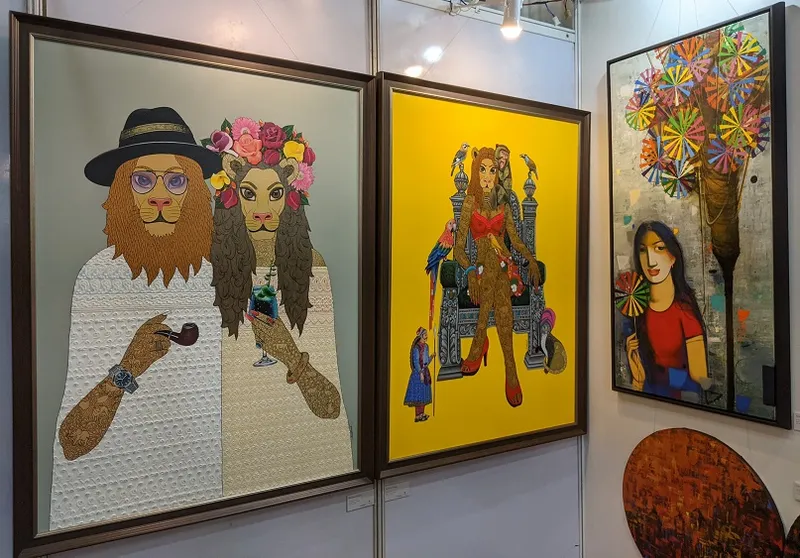
She got inquiries for commissioned works for people’s homes. “I do want to work on some different projects – I want to see to what extent I can push myself with charcoal as a medium too,” she says.
“Effective feedback, both positive and negative, is very helpful for me. Viewers share experiences from their lives, which helps me in my upcoming projects,” Tejaswi Poojari explains.
“The feedback has been extremely positive. I feel that I achieved my goal the moment I see people engaging with my work at a very deep level,” Priyanka Sehgal says.
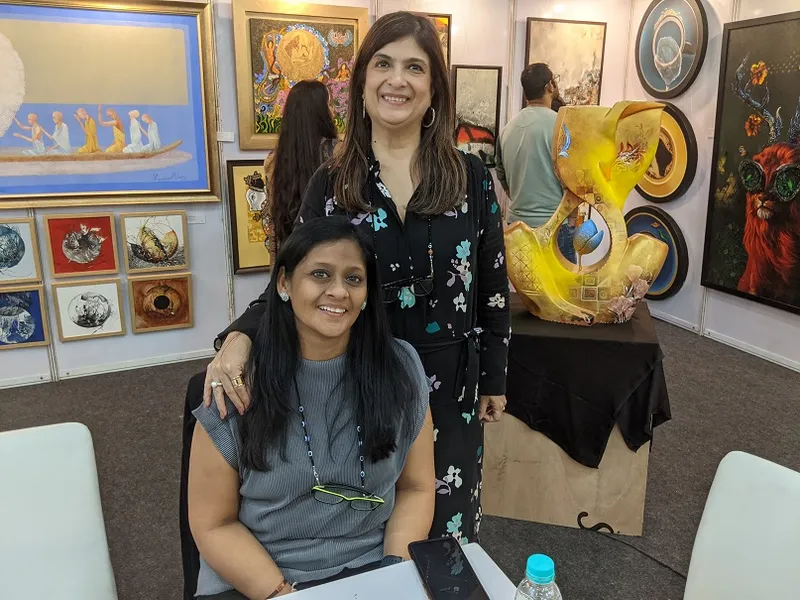
TheCurators.art
The best part of the exhibition for her has been the opportunity to meet other artists. “Spending time at the venue has brought us together and we already feel like a community,” she adds.
“I got a lot of appreciation and admiration on my animal artworks. I loved explaining the process that went into making each detail of the works. My future project will involve more animals,” Karthik Kamath says.
A number of other artists also appreciate the visitor feedback. “Visitors found it amazing that my art pieces can be made with the simple medium I had used,” Jayaram Krishnan says. “I also learn by critical comments from senior artists and their advice,” he adds.
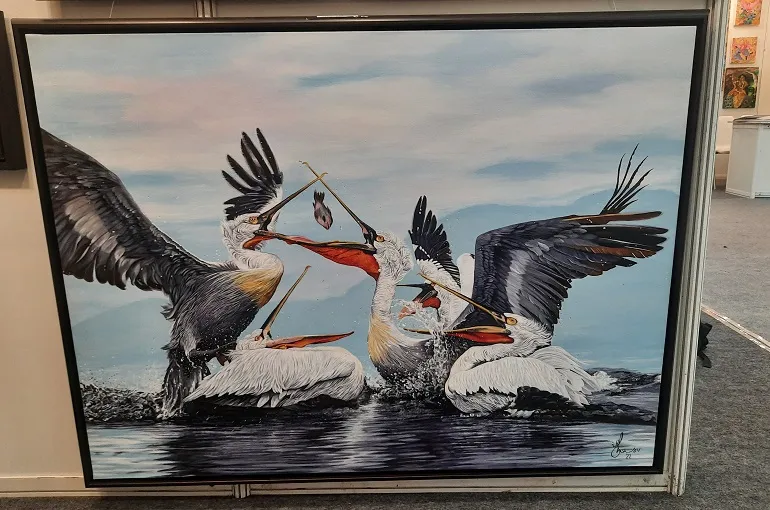
“Most visitors found my works unique and the concepts meaningful,” observes Roja Sanchana. Prinkle Mehta says viewers described her works as “unique, original, and thought-provoking.”
“Some viewers could communicate the exact emotions I tried capturing in my artworks,” Sangita Baruah Sureka recalls. She adds: “What more do we need as artists?”
“I am a keen observer of human emotions and was moved by the empathy of my fellow artists. Artists can be the most genuine people on earth,” she enthuses.

“Additionally, art lovers who visited the art fair were curious enough to pay attention to details. I wish to capture the curiosity of humans,” Sangita says.
“I used to think that I am an introvert. As a former techie, it worked too. But after entering the art world, experiences like IAF made me realise that I love interacting with people,” Bengaluru-based artist Anusha Adabala enthuses.
She enjoyed listening to people’s views and watching their admiration or even indifference.

“By now, I have made a lovely bunch of artist friends with great smiles. I also met gallerists, potential art buyers, dealers, and even interior designers,” she adds.
“I am positive there would soon be sales too. But what enchants me is the subtlety of the whole event, like some magic in the middle of all the external concrete and chaos,” Anusha sums up.
Now, what have you done today to pause in your busy schedule and find new avenues to apply your creativity?
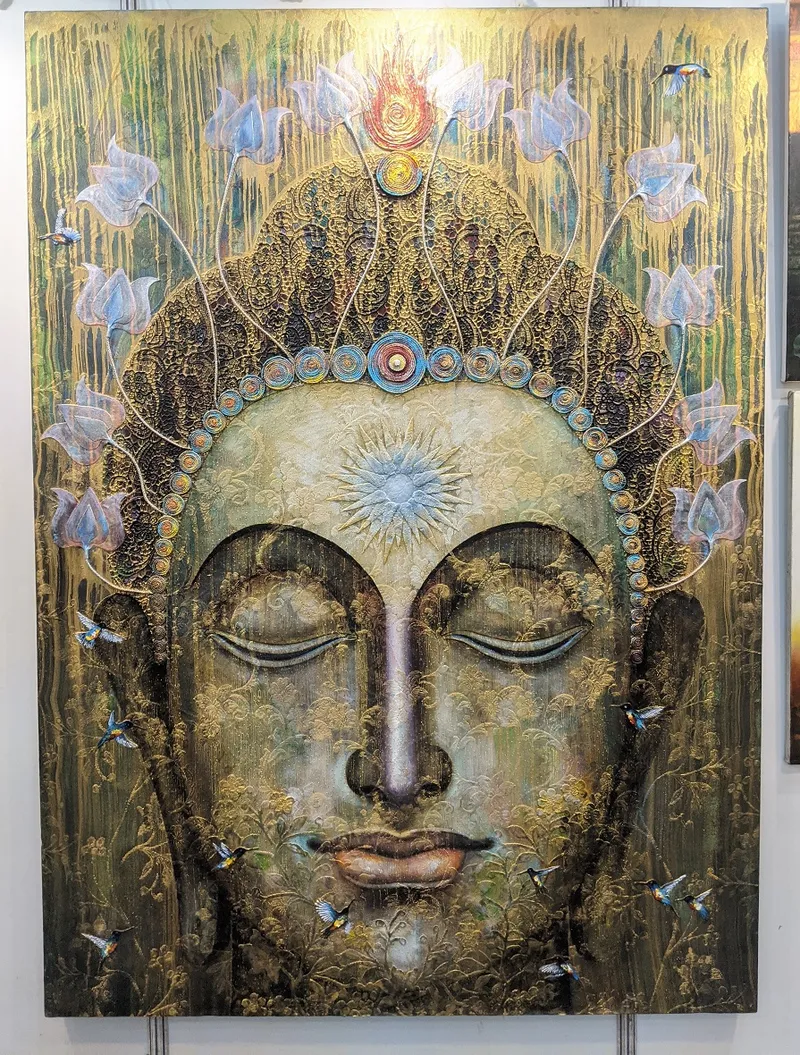
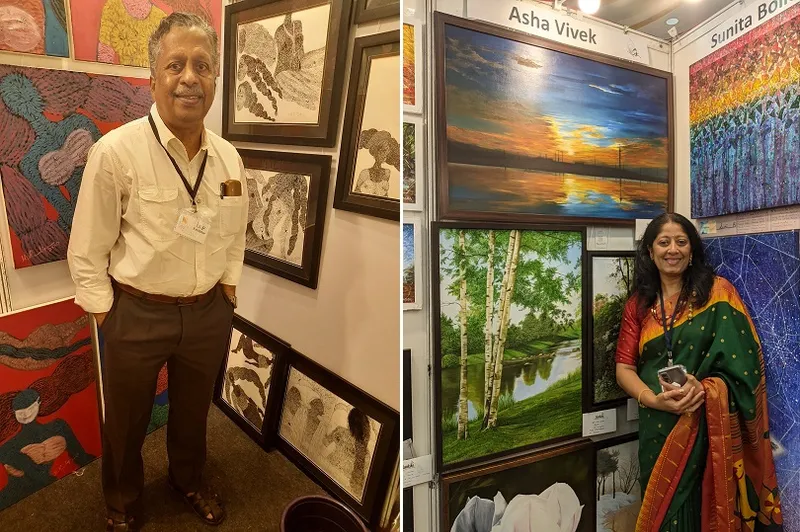
Ramalingam Muthukrishnan (L), Asha Vivek (R)
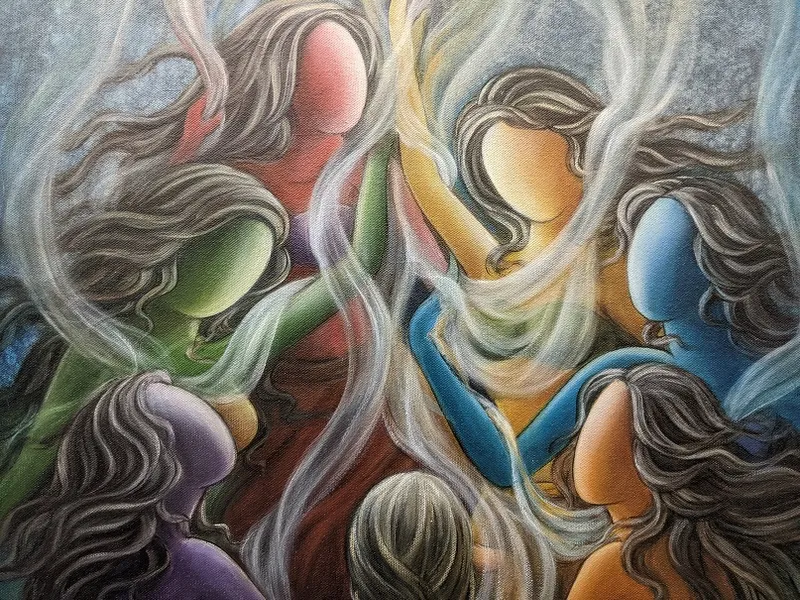
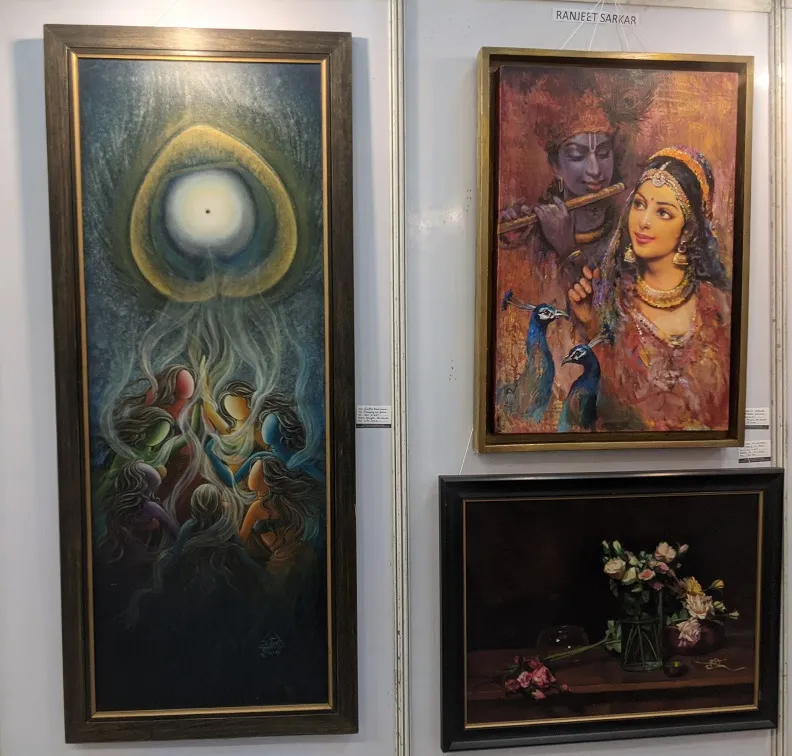

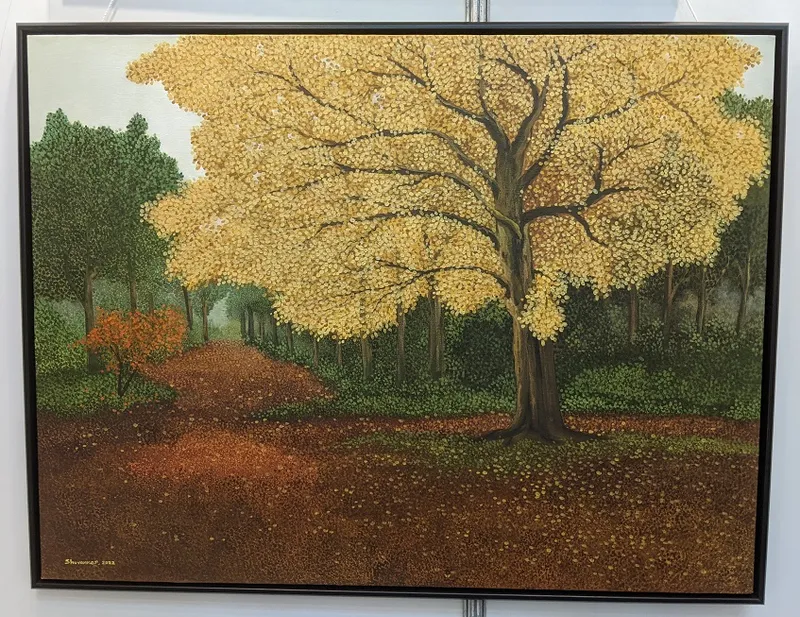
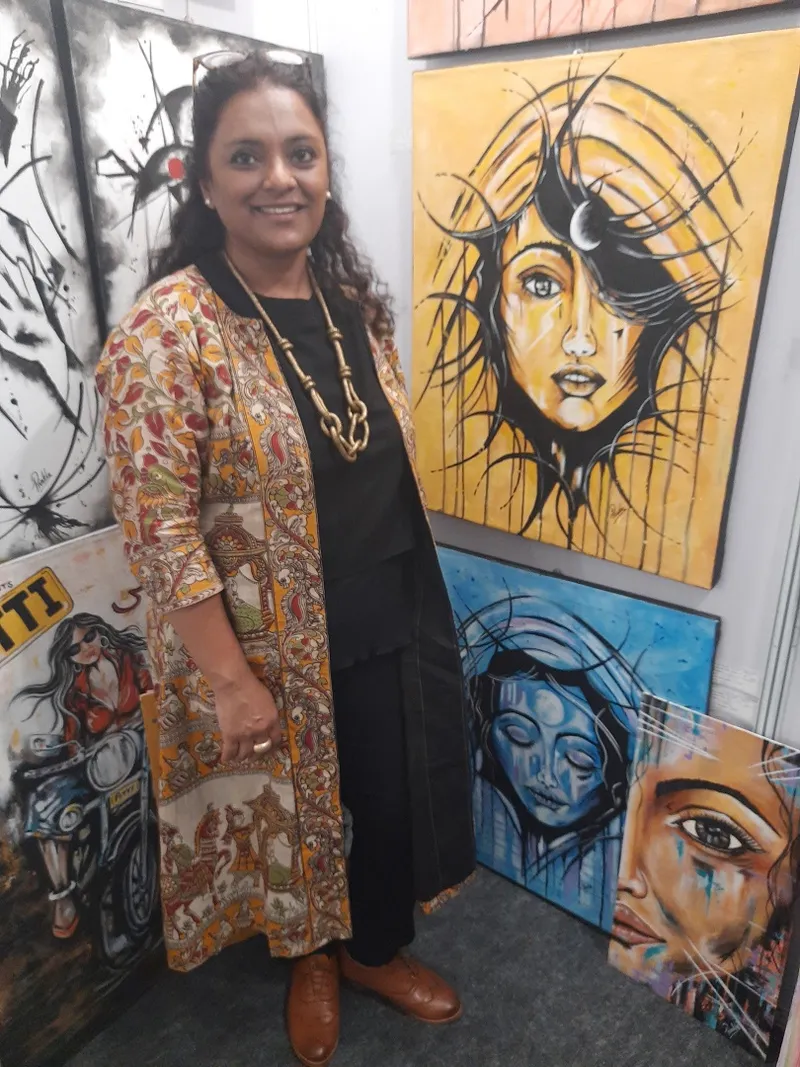
Prinkle Mehta
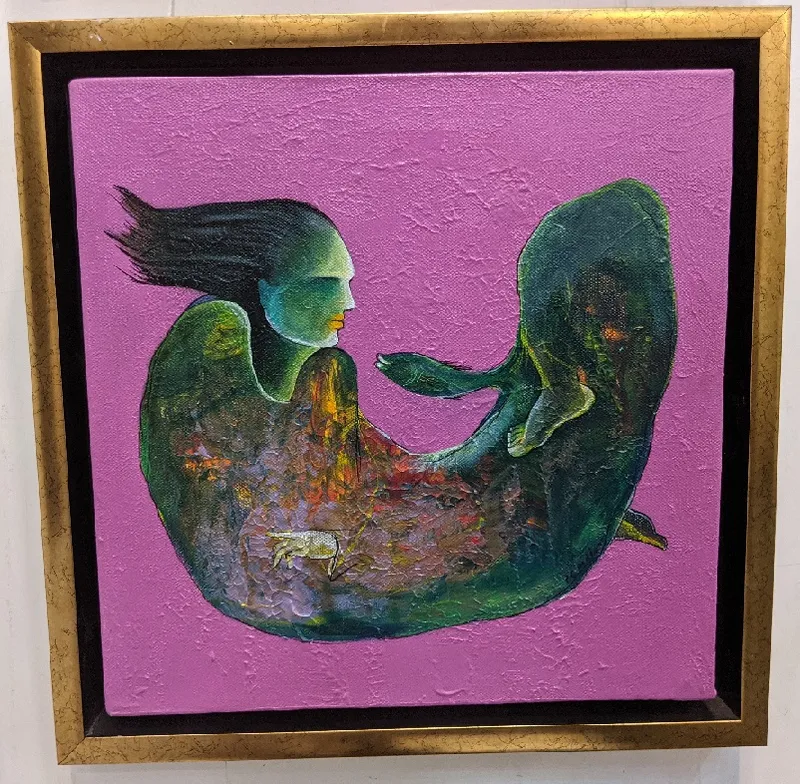
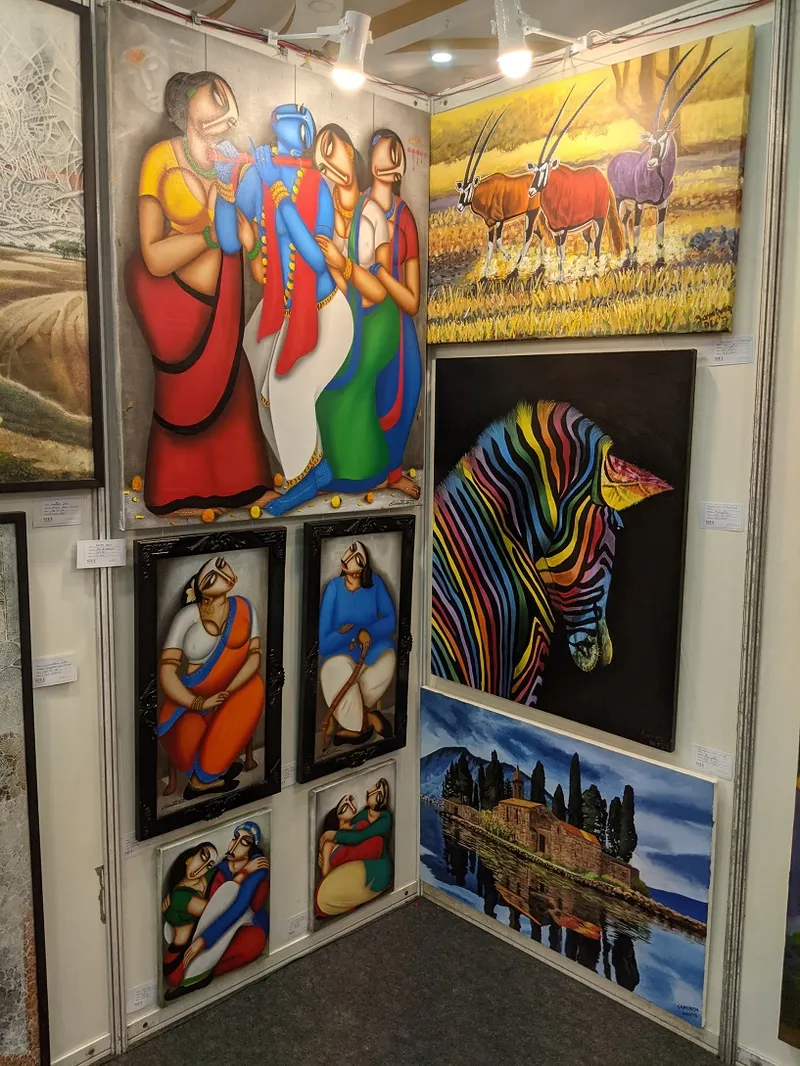
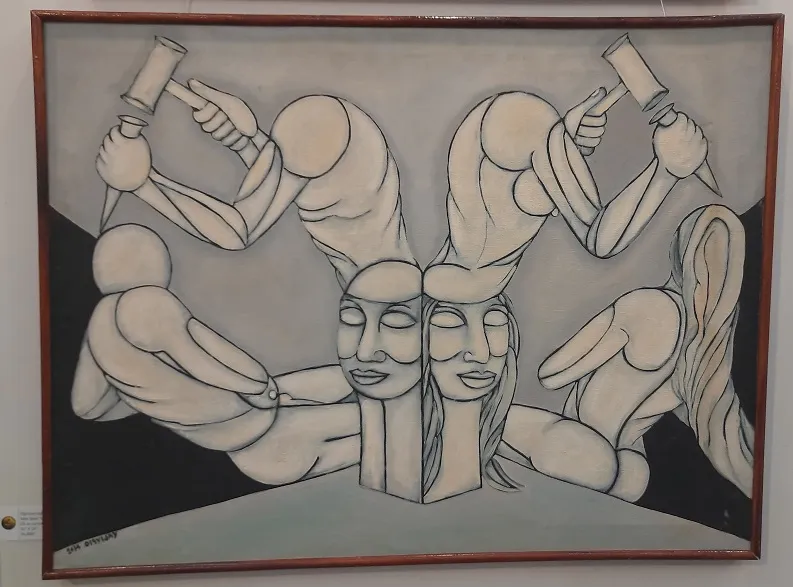
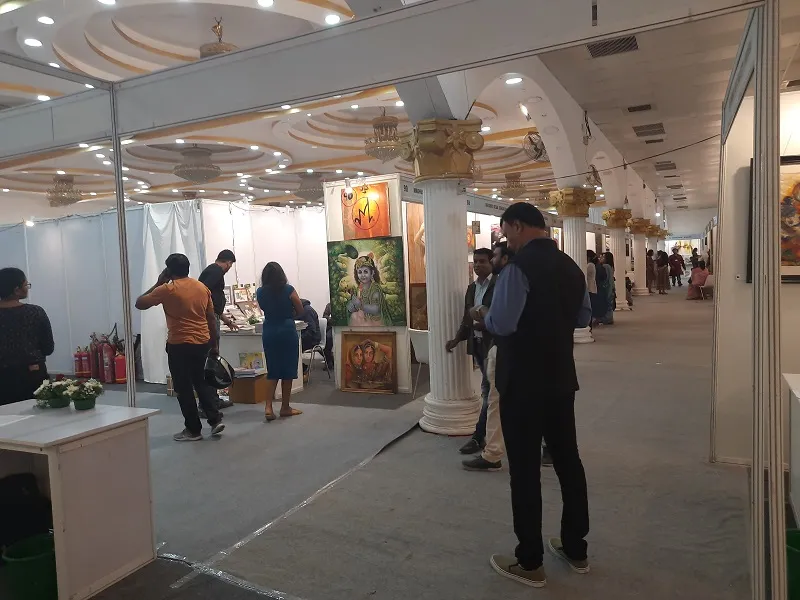
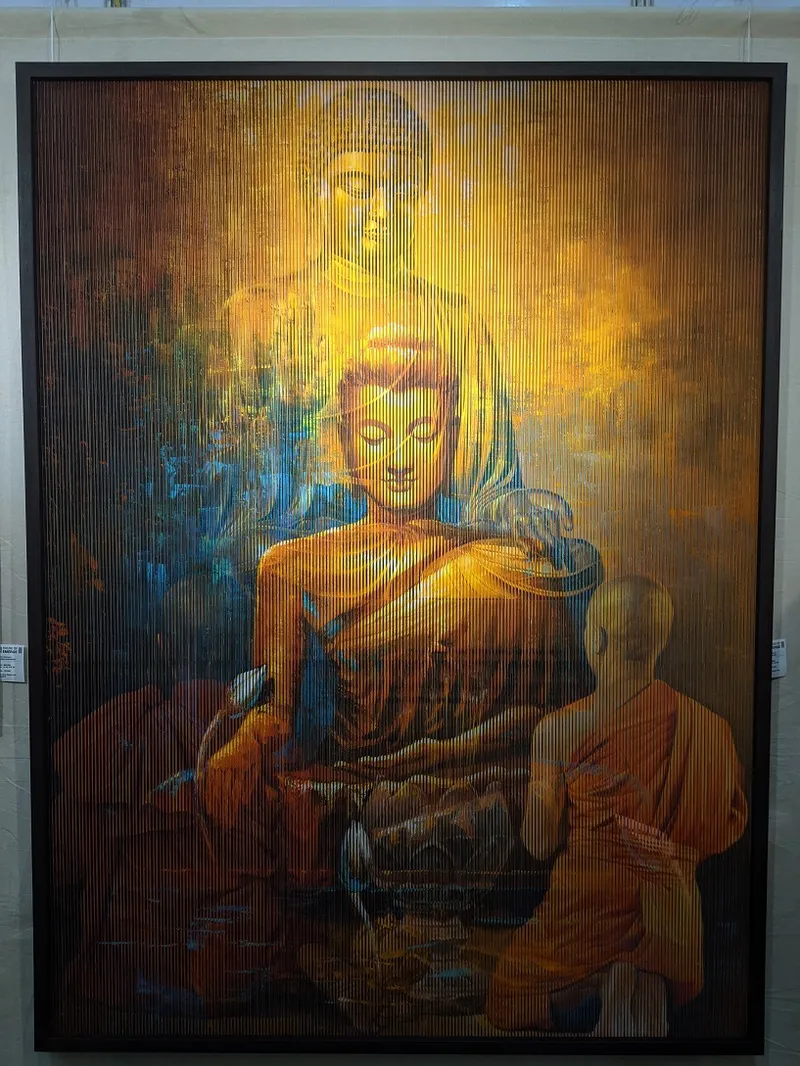
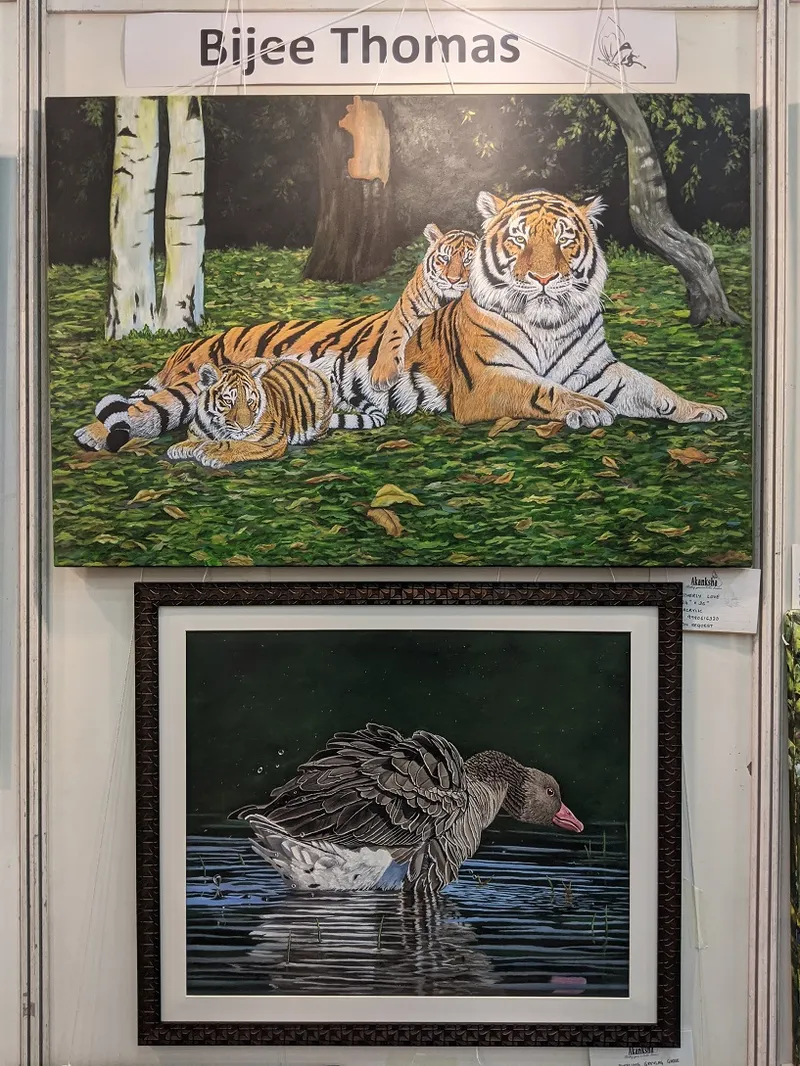
(All exhibition photographs were taken by Madanmohan Rao on location at the festival.)
See also the YourStory pocketbook ‘Proverbs and Quotes for Entrepreneurs: A World of Inspiration for Startups,’ accessible as apps for Apple and Android devices.

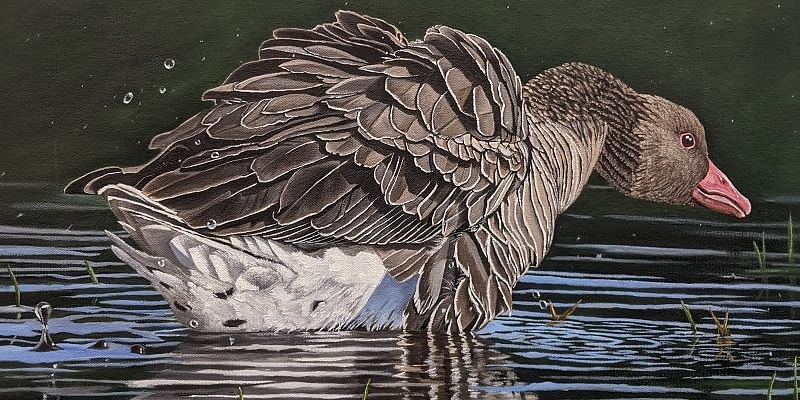





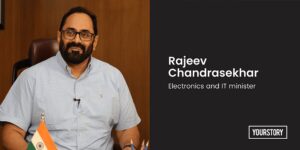

![Read more about the article [Startup Bharat] How CareStack has been able to give its early investors close to 13X return in six years](https://blog.digitalsevaa.com/wp-content/uploads/2021/06/SB-1624457024200-300x150.png)
